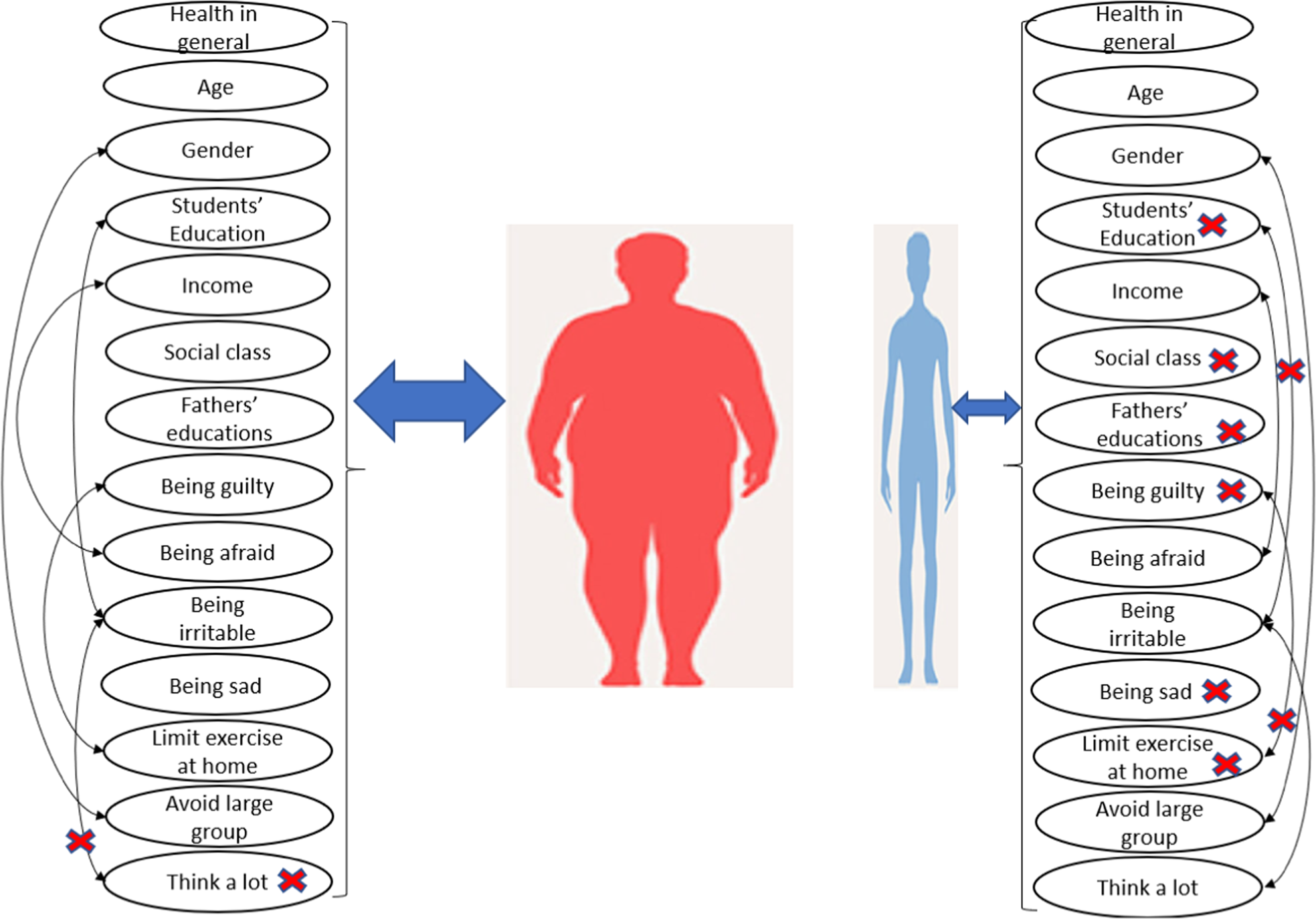
Occupational diseases are medical conditions or disorders caused by working in a compromised, unsafe work environment. These illnesses directly result from exposure to various harmful substances, gases, irritants, and chemicals at the workplace.
The Occupational Health and Safety Act of 1970 categorized occupational illnesses as diseases from exposure to chemicals, biological agents, and other workplace hazards that might disrupt an individual’s physiological mechanisms.
That said, work-related diseases typically develop after prolonged exposure to substances known to cause harm. For example, if you were exposed to asbestos-containing substances in the past, symptoms will probably show up ten to forty years after exposure.
Even though the EU-OSHA recently reported a 25% decline in work-related injuries, occupational illnesses still affect workers worldwide, with more than 2 million deaths overall.
So, as an employee or employer, you must do everything you can to identify these work-related diseases and develop strategies to address prevailing issues.
Furthermore, affected individuals should also consider seeing a doctor to diagnose these occupational illnesses and start treatment as early as possible.
With that established, let’s look at some common occupational diseases along with their treatment options.
Table of Contents
Occupational Mesothelioma.
The most common yet lethal form of an occupational lung-related disease is mesothelioma. This condition usually occurs when workers come into direct physical contact with asbestos or asbestos-containing substances and materials.
If left undisturbed, asbestos won’t cause any harm, but when heated, asbestos particles become airborne and can enter the respiratory tract, affecting the lungs, heart, and abdomen.
This exposure could either be due to the employer’s negligence or the workers not following safety protocols provided by the employer.
If the positive diagnosis resulted from your employer’s negligence, take the matter to court by contacting a mesothelioma law firm to seek compensation and hold the employer accountable.
When it comes to treatment, a combination of radiation therapy, surgery, and chemotherapy is used – depending on the stage of mesothelioma you’re diagnosed with.
For instance, if you’re diagnosed with second-stage mesothelioma, surgery might offer 6-8 months more, but surgery is off the table if you’re diagnosed with the 3rd or 4th stage.
Occupational Asthama.
Occupational asthma usually occurs when you inhale chemical fumes, vapors, gages, dust particles, etc. The symptoms of occupational asthma generally include; shortness of breath, wheezing, coughing, etc.
Diagnosing occupational asthma involves the same process as analyzing any other form of asthma. First, however, your primary care physician will try to determine what substance or irritant is causing your asthma.
Tests to identify causes of occupational asthma include spirometry, peak flow measurement, challenge tests, allergy skin tests, etc.
As far as treatment goes, avoiding the irritant(s) causing your symptoms is vital. But, if you’re sensitive to even a tiny amount of said irritant(s), it might trigger your asthma, even after wearing a respirator or a mask.
So, in the end, the goal of any asthma treatment plan is to avoid triggers. What’s more, you might need to take medication to stop an asthma attack from occurring.
That said, the type of medication you must take will depend on your asthma triggers, symptoms, age, and other factors.
Drugs used to control asthma include; Combination inhalers, Long-acting beta-agonists, Leukotriene modifiers, Leukotriene modifiers, oral and intravenous corticosteroids.
Occupational Contact Dermatitis.
Occupational skin diseases such as contact dermatitis are common within particular industries and jobs. It usually occurs when you come in physical contact with chemicals known to cause allergic reactions.
While most cases of contact dermatitis aren’t severe, they can still cause pain and irritation if the itching doesn’t stop.
A few symptoms of contact dermatitis include; swelling of the eyes, groin, face, and hands, extreme itching, skin burns, skin redness, oozing blisters, dry/flaky skin, etc.
Most symptoms of occupational contact dermatitis will disappear with time, especially if you’re no longer exposed to the irritant or chemical flaring up your allergies.
However, a few tips for treating contact dermatitis are;
- Wash your skin with lukewarm water and mild soap
- Avoid scratching your damaged skin
- Take antihistamine drugs like diphenhydramine to reduce itching
- Apply antibacterial cream to the affected areas
- Apply petroleum jelly to remove skin dryness and soothe the area
You can purchase most of these medications and items from your local drug store. But do visit a dermatologist if your contact dermatitis doesn’t go away after some time. Chances are, they’ll prescribe you a more potent steroid-based skin cream.
Occupational Loss Of Hearing.
While numerous factors can lead to hearing loss, occupational hearing loss typically occurs if you’re exposed to loud sounds and noises at the workplace.
When noise levels exceed 85 decibels or above, they damage the structure of your inner ear, causing temporary or permanent hearing impairment.
According to the CDC, around one out of four adults have hearing loss due to work-related noise exposure. Some common symptoms of noise-induced hearing loss include; hearing muffled sounds, feeling pressure in the ears, ringing on the ears, etc.
In most cases, you can treat temporary hearing loss through various treatment options like using a cochlear implant inside your ears, using hearing aids, undergoing surgery to repair a damaged eardrum, etc.
The type of treatment you’ll require will depend on the severity of damage your ear suffered. So, visit your ENT specialist for more information.
Occupational Coronavirus.
There is no doubt that the recent pandemic required a lot of effort to keep the infection at bay. While lockdowns and social distancing helped reduce COVID-19 infections, as businesses opened, the number of infections began increasing.
Employees working directly with affected patients are at a high risk of contracting this deadly disease than others, two of which are healthcare and morgue workers.
As far as treatment for COVID-19 is concerned, the FDA has recently approved Veklury, an antiviral drug that limits symptoms. Furthermore, they have also approved various monoclonal antibody treatments.
These are laboratory-made molecules that substitute your body’s existing antibodies, giving your immune system a much-needed boost.
Conclusion.
Undoubtedly, workers must protect themselves from workplace hazards at all costs. It is vital to prioritize health and wellbeing above everything else.
After all, people who work inside an unclean, unsafe working environment to earn a paycheck need to understand a crucial aspect of their job; that paycheck won’t do them much good if they can’t live a healthy, pain-free life.


:max_bytes(150000):strip_icc()/hypersexuality-f7219c0faf93488b82402d4f9d20e454.jpg)


